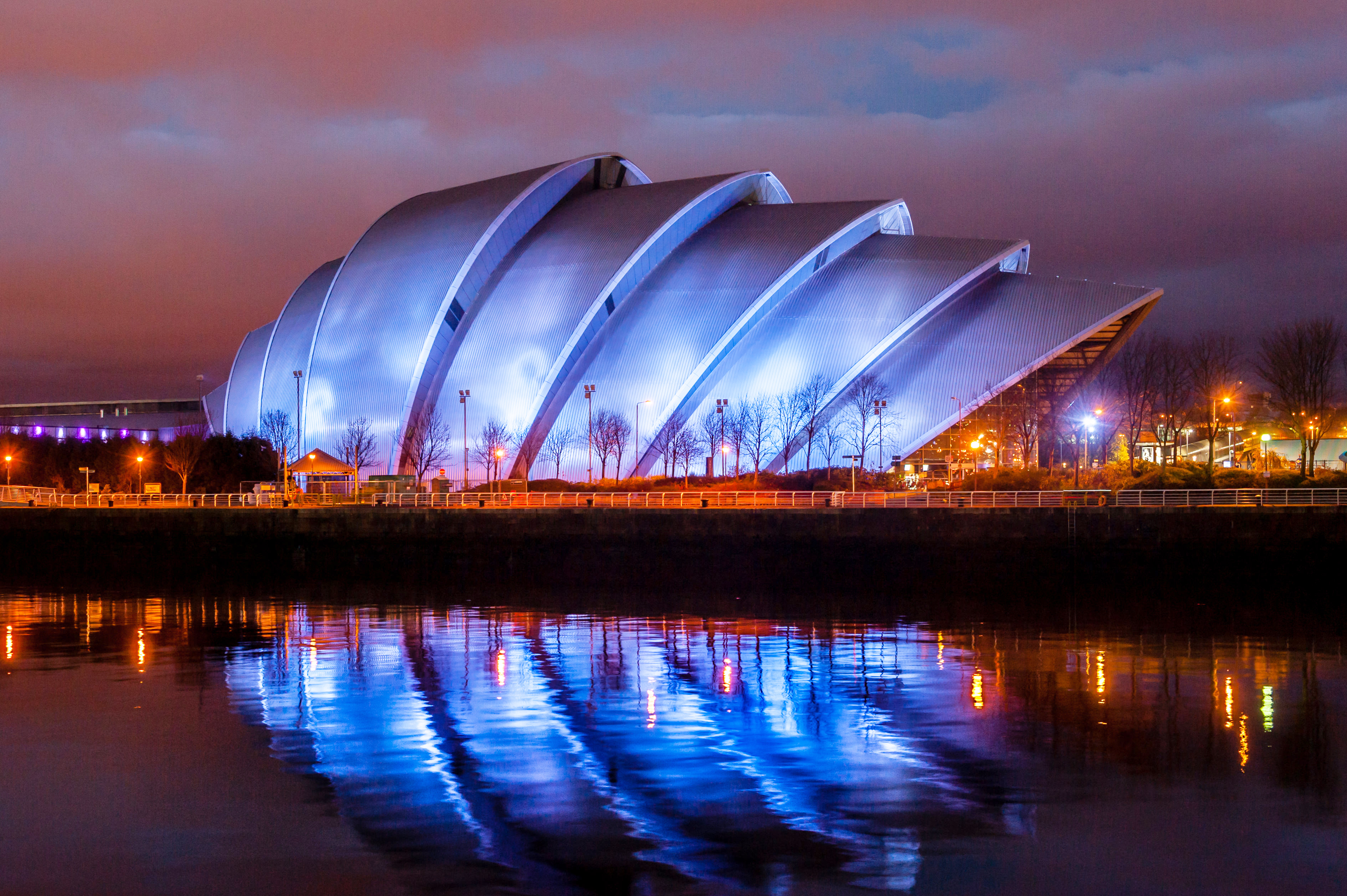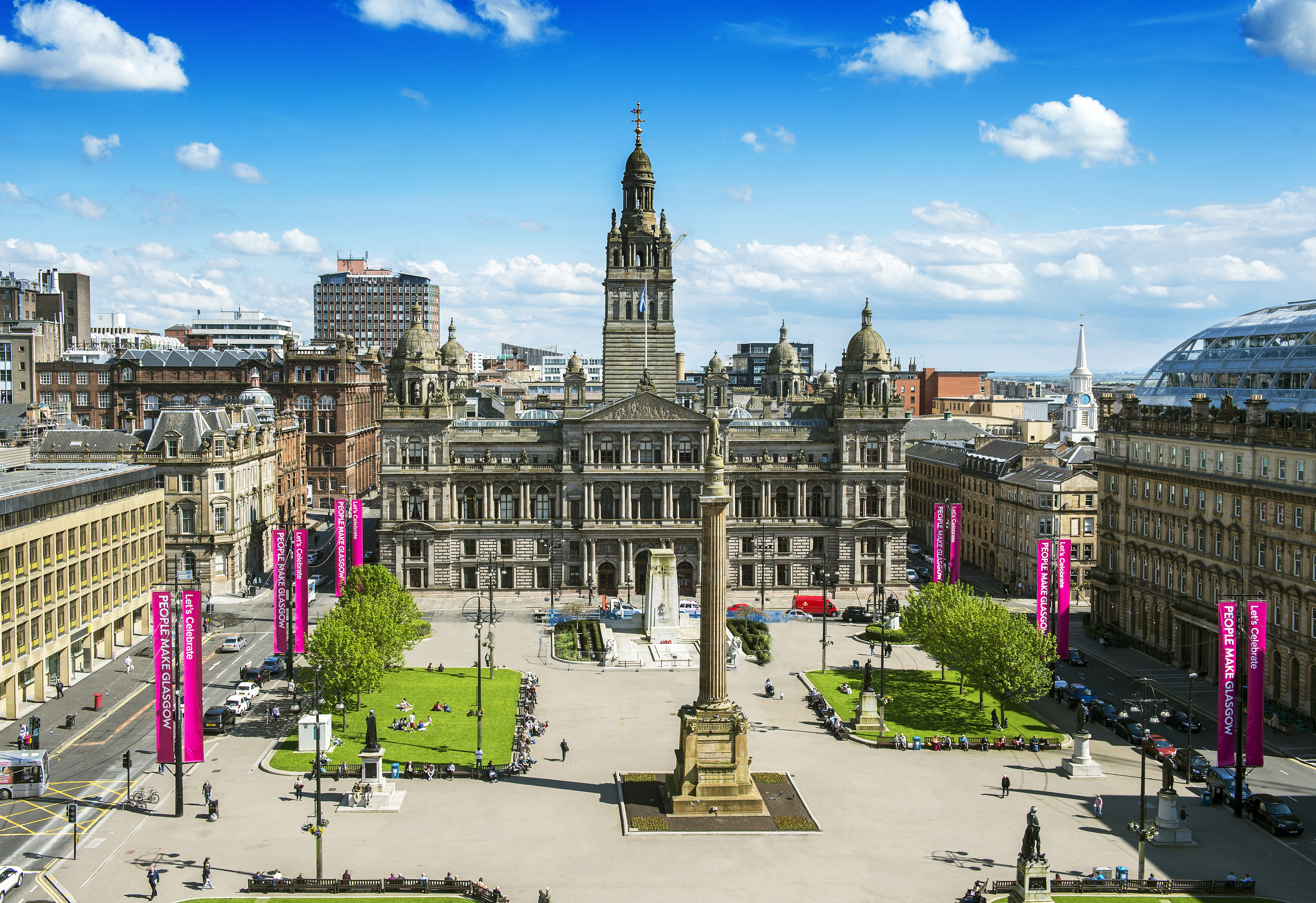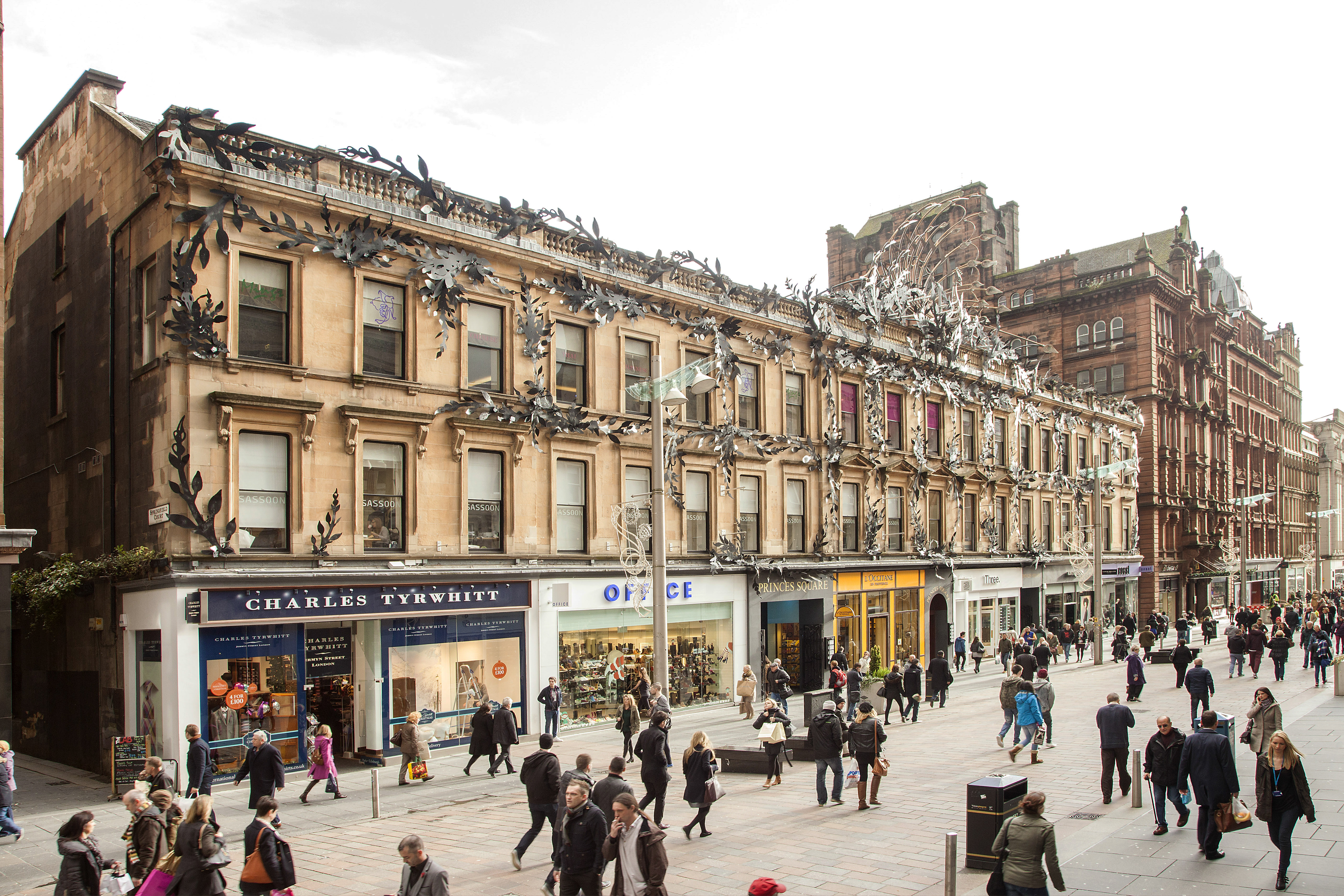GLASGOW, SCOTLAND — Years ago, there was a standing joke among Scots. “What’s the best thing to do in Glasgow on a Sunday?” Answer: “Go to Edinburgh!”
Always considered the poor cousin to elegant Edinburgh — Scotland’s regal capital with its castle, world renowned Tattoo and avant garde theatre scene — Glasgow, whose name means Dear Green Place in Gaelic, has seen a renaissance in recent years that’s earned it great recognition. It was even named European City of Culture in 1990.
That’s when the “rebirth” of Glasgow began and it hasn’t slowed down since.
Once a sprawling, grimy industrial giant of more than a million people, Glasgow’s population has been pared down to about 600,000 — still 100,000 more than Edinburgh - and city planners have razed old, dilapidated structures and replaced them with new developments outside the city limits.
Blackened tenement buildings, the result of decades of coal-fired furnaces, have been sand-blasted, bringing the city a new, greener look.
The eerie days of the mid-1900s, when bus drivers would need a conductor walking ahead with a flashlight to guide them through Glasgow’s gloomy, polluted darkness, are long gone. Now Glasgow is one of the most environmentally friendly cities in Europe and Glaswegians wear that badge proudly.

Above: Clyde Auditorium is the centrepiece of Glasgow's revitalized waterfront.
I chose the new Doubletree Hotel on Cambridge St. as my base while in Glasgow.
It’s within walking distance of the city’s two great pedestrian shopping areas — Sauchiehall St. and Buchanan St..
The hotel is a winner for many reasons, aside from the comfortable and modern rooms, business centre, swimming pool and fitness centre. It’s close to the main bus terminal and train station and the hotel’s restaurant features one of the best breakfast buffets in town, featuring many unique Scottish dishes, such as potato scones, haggis, black pudding and Lorne (square) sausages. Price: $26 per person.
Another plus: The Oxford, one of Glasgow’s best fish and chip shops, sits diagonally across the street from the Doubletree.
Founded in the 6th century when St. Mungo built a church on what later was to become a fishing settlement, Glasgow morphed into city status in 1451 when it was assigned a bishop.
Because of its strategic location on the River Clyde, Glasgow quickly evolved into a great port and then a major shipbuilding centre — all the “Queen” liners for Cunard, starting with the Queen Mary, were built here.
At the heart of the city is George Square and City Chambers, an Italian Renaissance masterpiece that serves as City Hall where to the Lord Provost (mayor) works. Around the square are statues of great Scots and others whose influence was felt in the city and elsewhere. The centrepiece of the square is the statue of Sir Walter Scott, the literary genius who gave the world the historical novel Rob Roy, among others. Two Scottish prime ministers, William Gladstone and Robert Peel (founder of the modern police force) share the concrete stage with inventor James Watt (the steam train) and poet Robert Burns. Even Queen Victoria and her husband Prince Albert are represented in the place where Glasgow celebrates the New Year, or Hogmanay as the Scots call it.


Above: Beautiful George Square, left, and the pedestrian shopping streets are where visitors like to hang out in Glasgow.
For a step back in history, a visit to the Riverside Museum with its 3,000 artifacts, including interactive displays that helped win it the title of Europe’s Best Museum in 2013. This a must visit and a great place to go when it rains, which in Scotland we can almost guarantee. You pay for your parking but not for entry. Aside from steam trains, old trolleys and tramcars, there is an unbelievable selection of vintage cars, including a 1931 Rolls Royce Phantom III.
For a fine dining experience in a restaurant that looks like a greenhouse, visit The Ubiquitous Chip at Ashton Lane, the trendy West End neighbourhood with lots of dining options.
Menu items at The Ubiquitous Chip come in “wee” and big portions and range from starters like venison haggis, neeps and tatties (turnip and potatoes), slow-cooked pig cheek and Shetland mussels, to main course offerings of Angus beef, pheasant and cod. Prices range from $20 to $46 and worth every cent.
The fast way to see Glasgow is on a hop-on, hop-off guided bus tour that makes stops at all the main sights. Price: $25. Tickets can be bought at the hotel and the nearest stop is on Sauchiehall Street.
Also well worth the visit is The Willow Tearooms, designed by native son Charles Rennie Mackintosh, whose architectural influence can be found all over town. Mackintosh was a modernist designer whose works included two buildings this veteran scribe worked, the former Glasgow Herald building on Mitchell Lane and the former Daily Record, on Hope Street, opposite busy Central Station.
His imprint can be seen on many other buildings throughout the city, including The Glasgow School of Art and The Queen’s Cross Church.
Glasgow also has a distinguished theatrical history — many big London stage productions were first tested on Glaswegians before moving to London’s famed West End Theatre District.
Many theatres still remain in this city, both historic and contemporary, offering everything from drama to musicals, opera and ballet, comedy to pantomime. The Hydro at the Scottish Exhibition Centre is the main stage for live music performances in the city.
 Left: The Riverside Museum.
Left: The Riverside Museum.
Glasgow was also once known for having more pubs than any city in Britain. But today, most of Glasgow’s pubs are far more than just drinking establishments, offering gourmet meals, lots of ambience and no smoke.
The Counting House, a former bank on George Square, is a large public house with an assortment of beers on tap and a varied menu for all palates. The 1920s-style Drum and Monkey on Renfield Street is another pub with great character and great grub with main courses averaging $20. Or there’s The Butterfly and The Pig on Bath St. (who dreams up these names, anyway?). Its eclectic design looks like the handiwork of someone under the influence but its “home cooked” three-course menu, ranging between $30 to $50, is what keeps the punters coming back.
Drunk driving laws in Scotland are some of the toughest in the world, so beware that anything more than a half pint of beer will push you over the limit and into court. Thank goodness taxis and Uber-style services are plentiful in Glasgow.
For a great day trip from the city, a sail on the 40-year-old paddle steamer, the SS Waverley, doon the watter (down the river), as the locals say, is nostalgia at its best. The season begins in May with a selection of cruises to the Scottish isles.
Oh, and if you’re interested, Edinburgh is a short hour-long train ride from Glasgow. But there’s no reason to go there, is there?